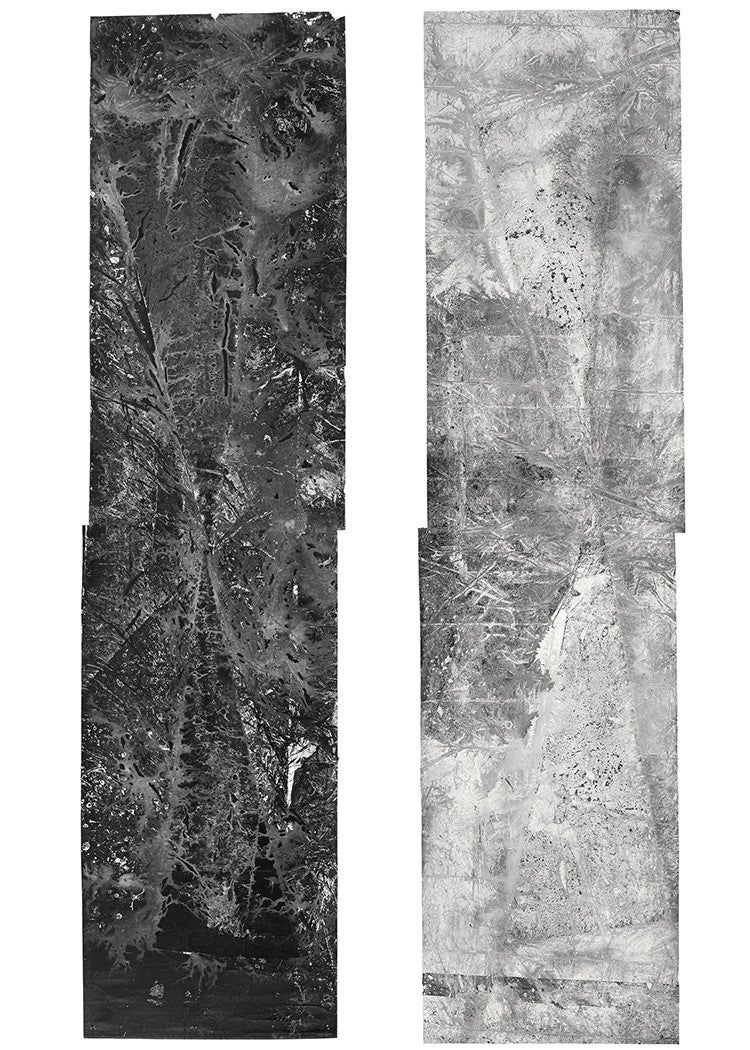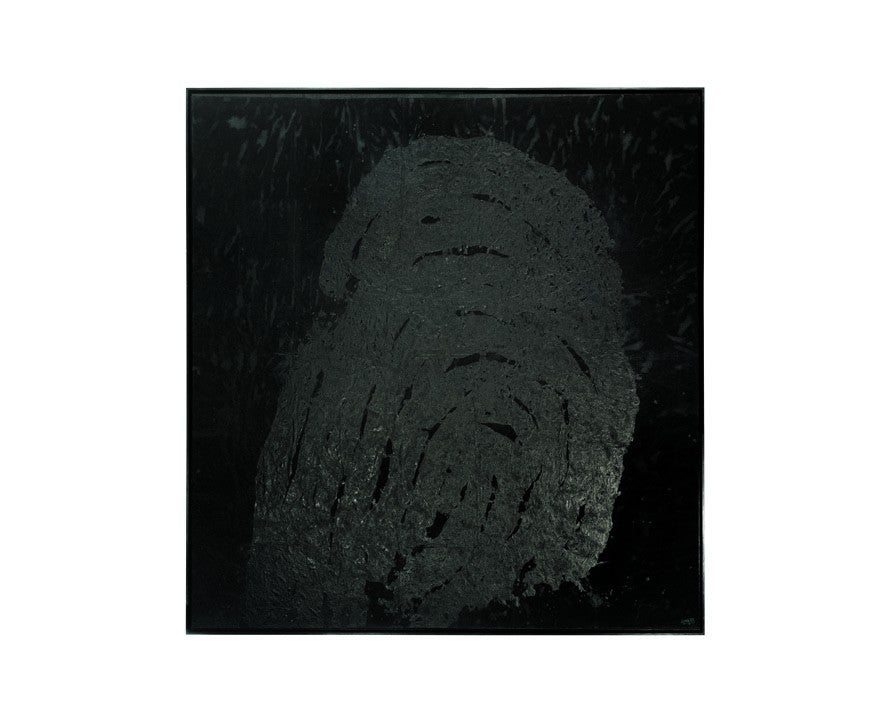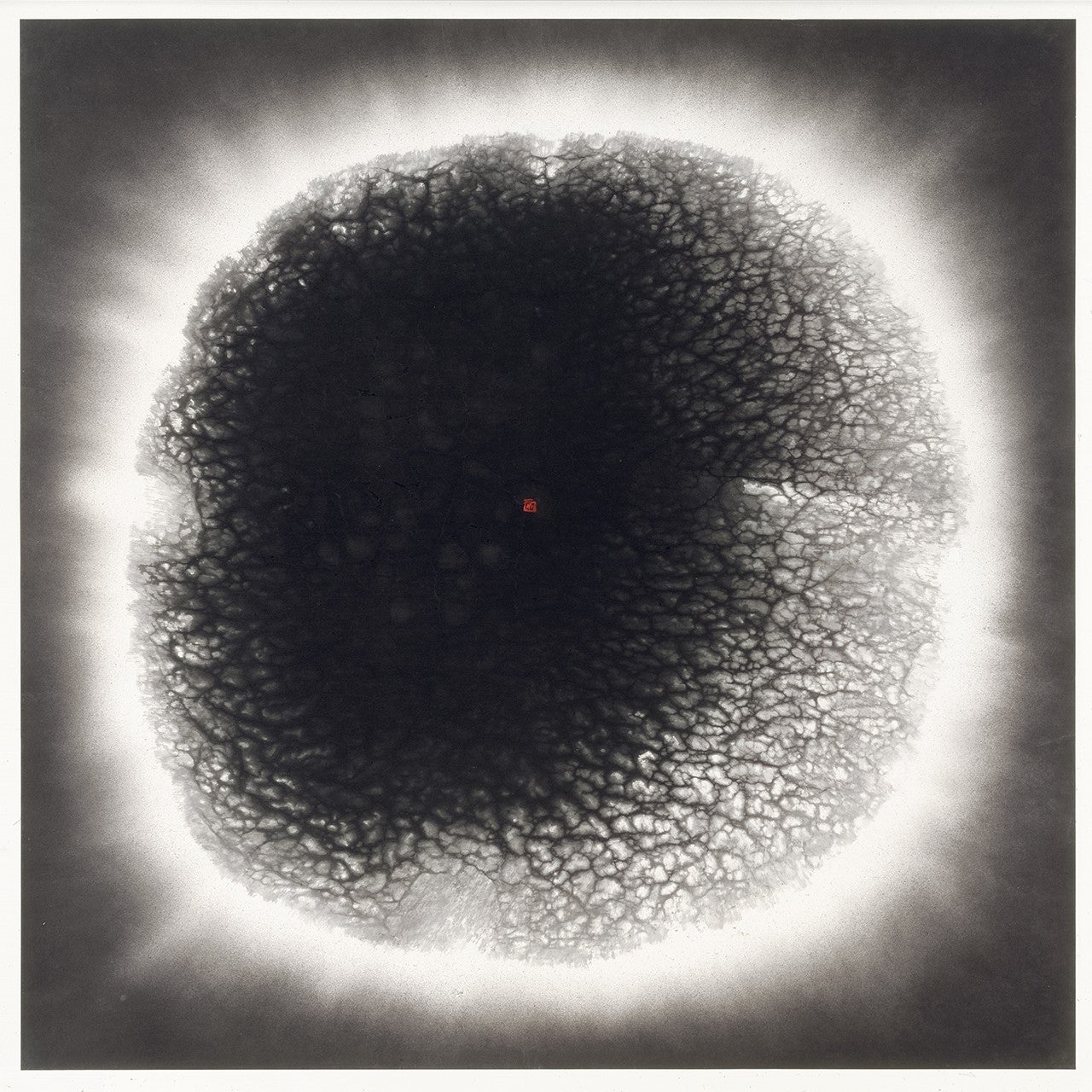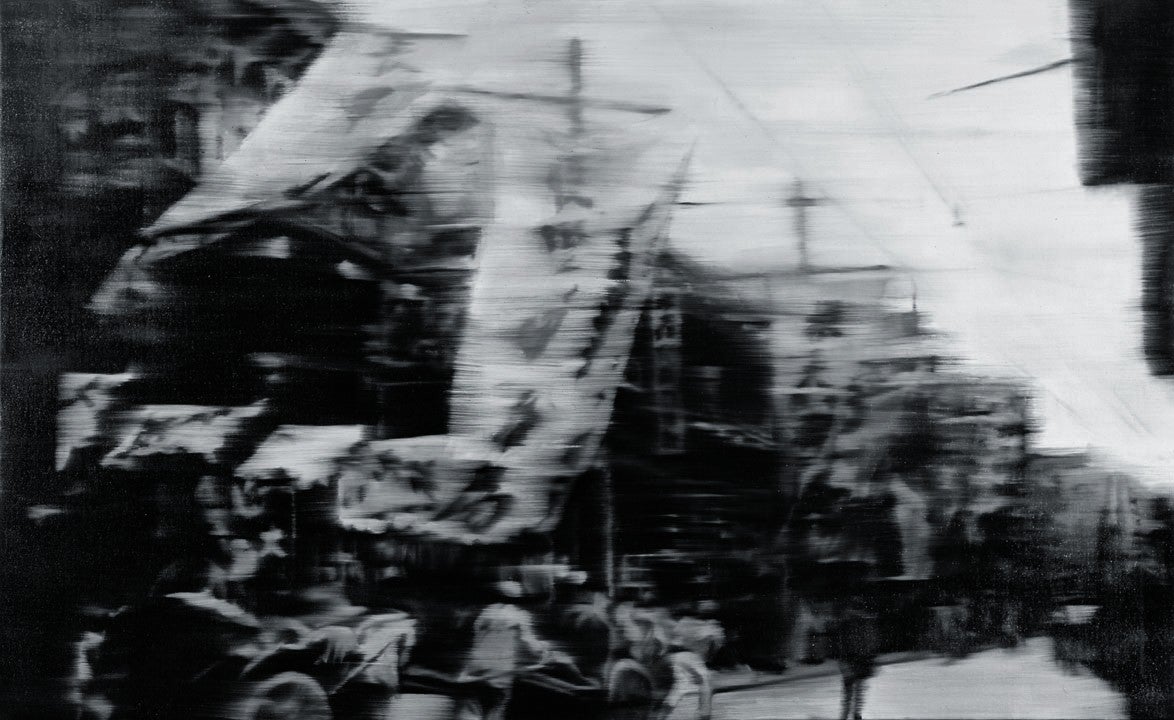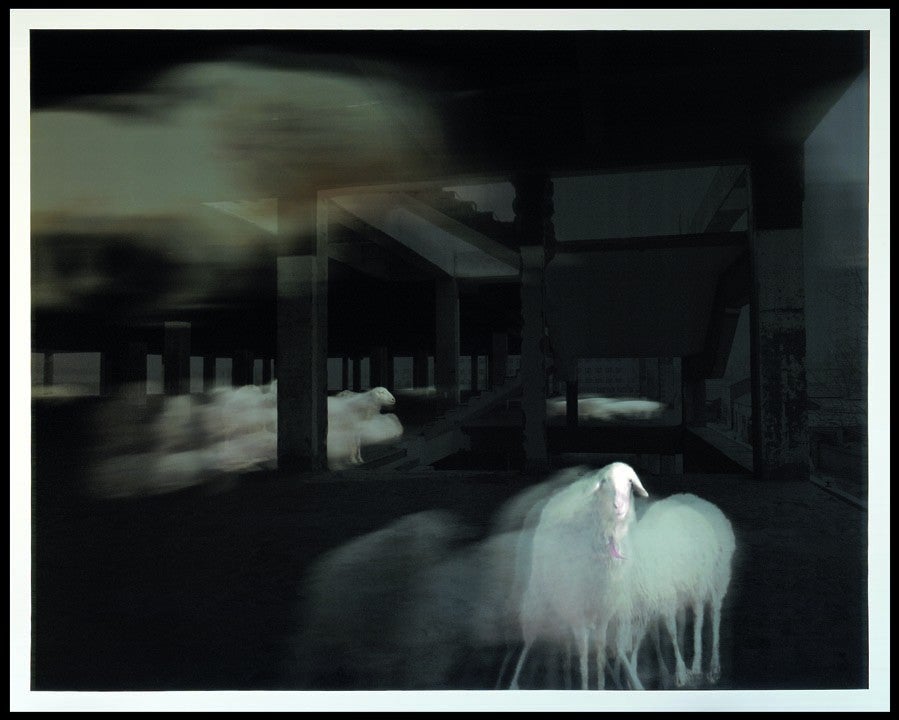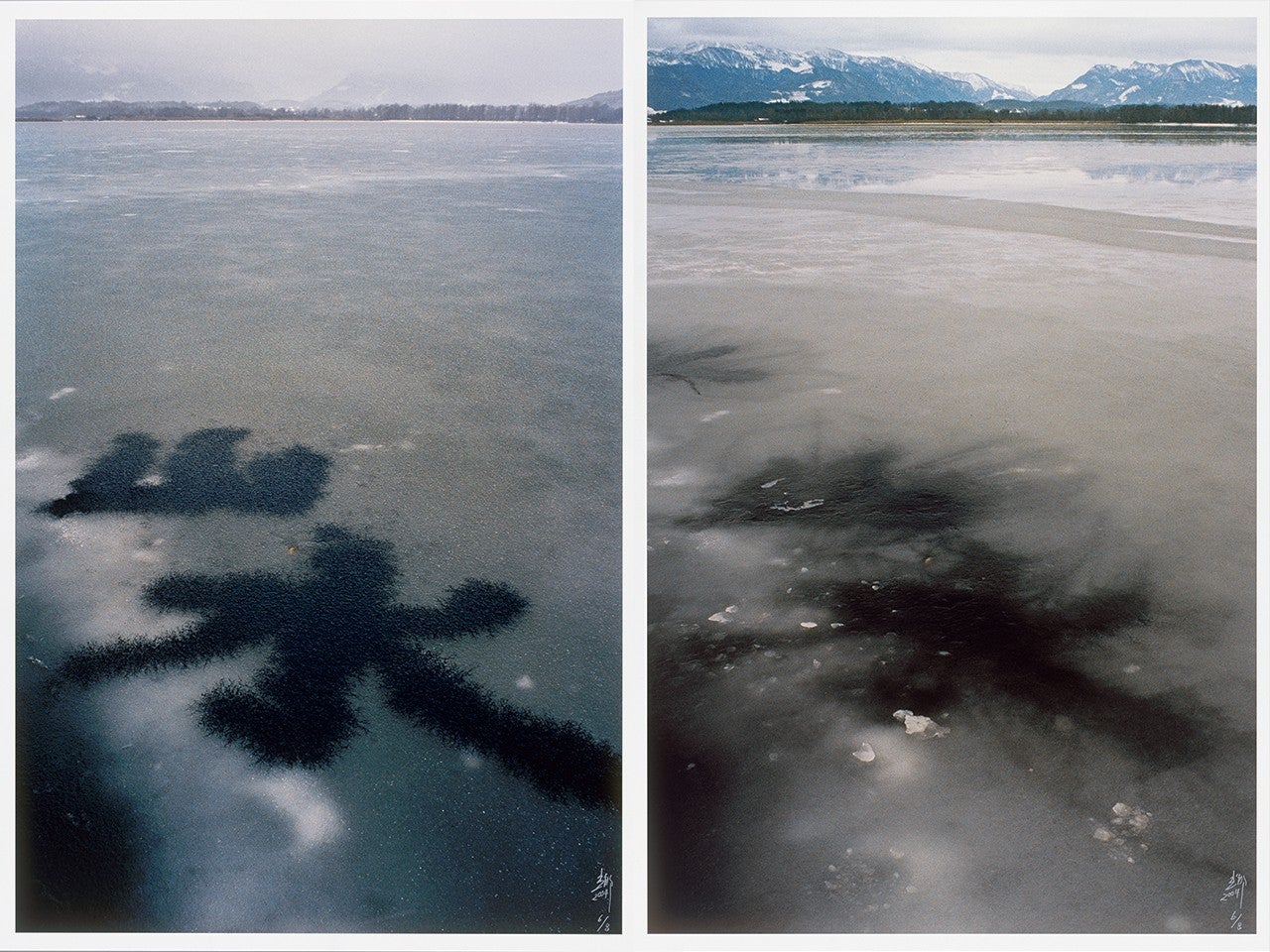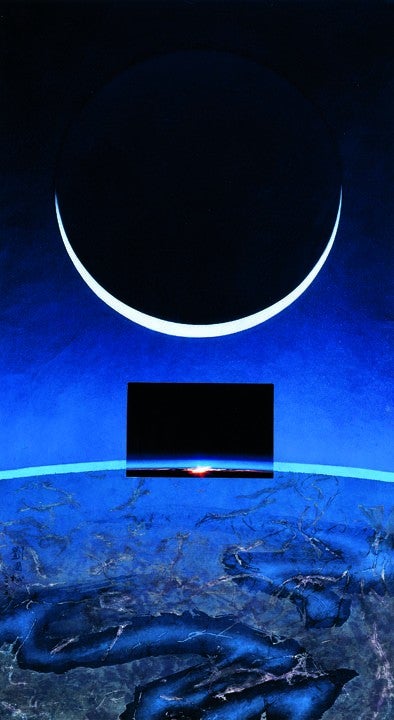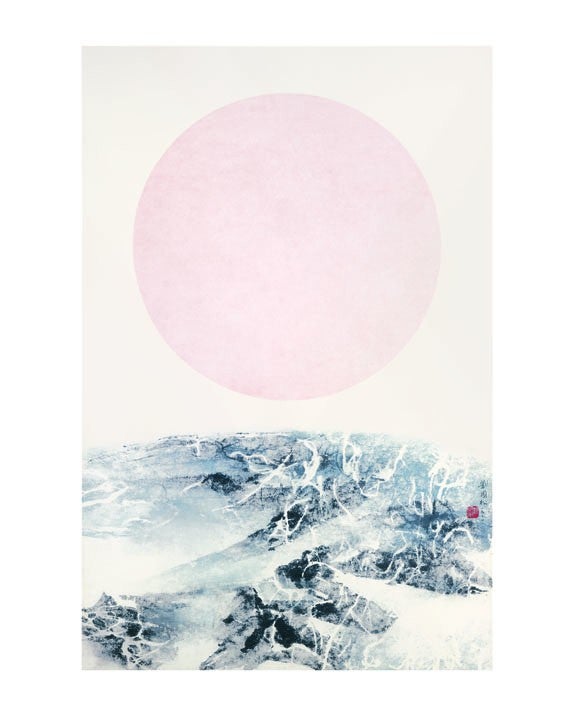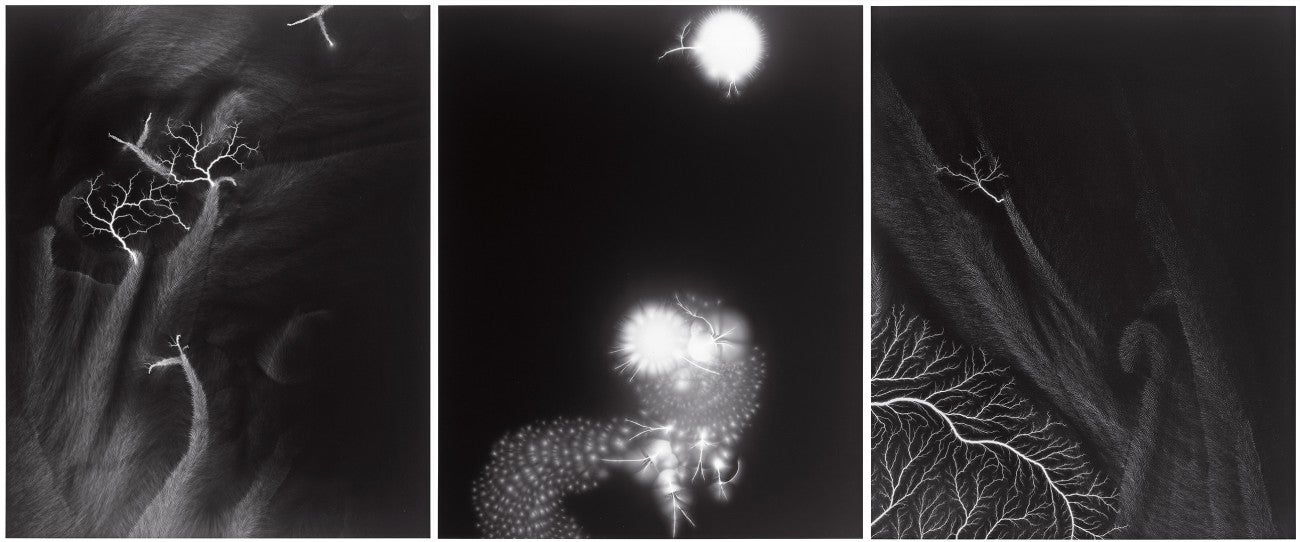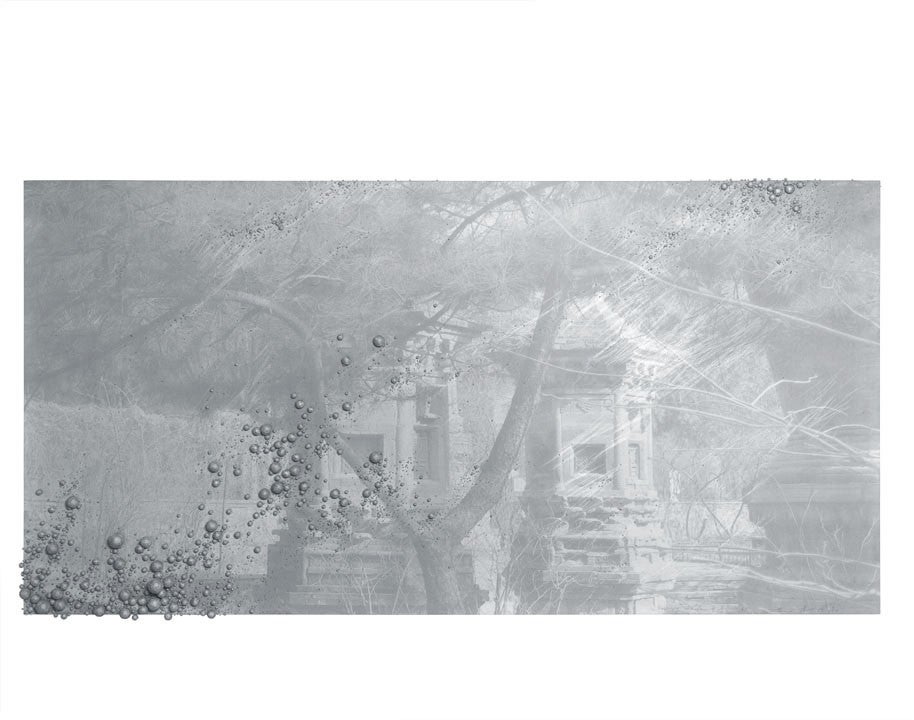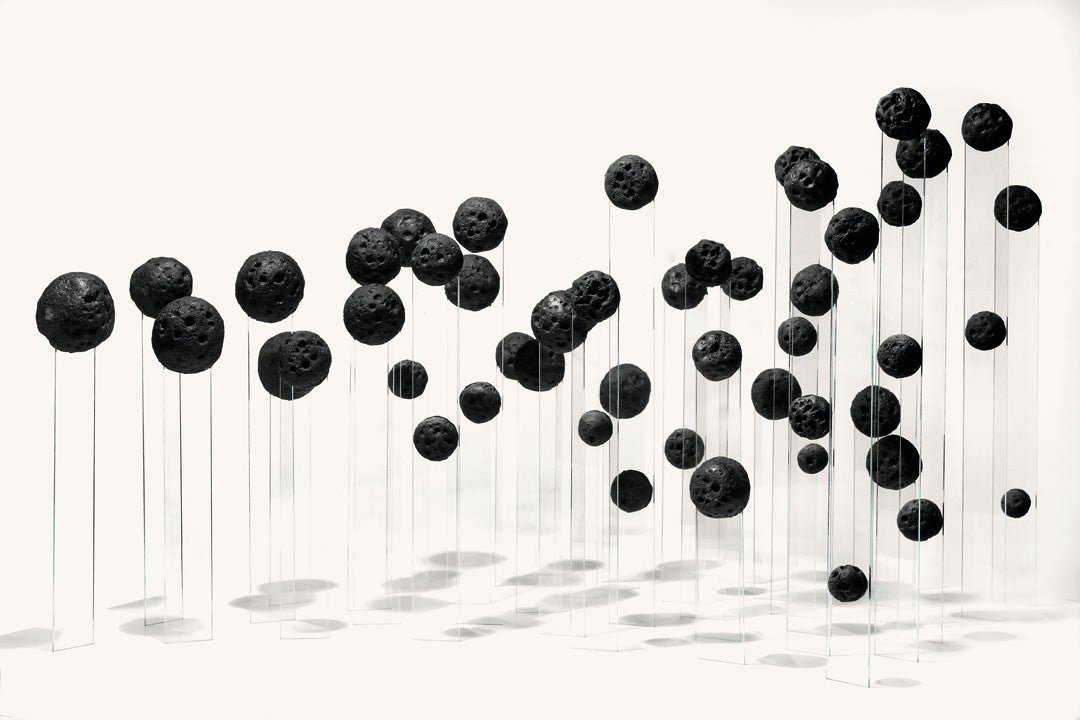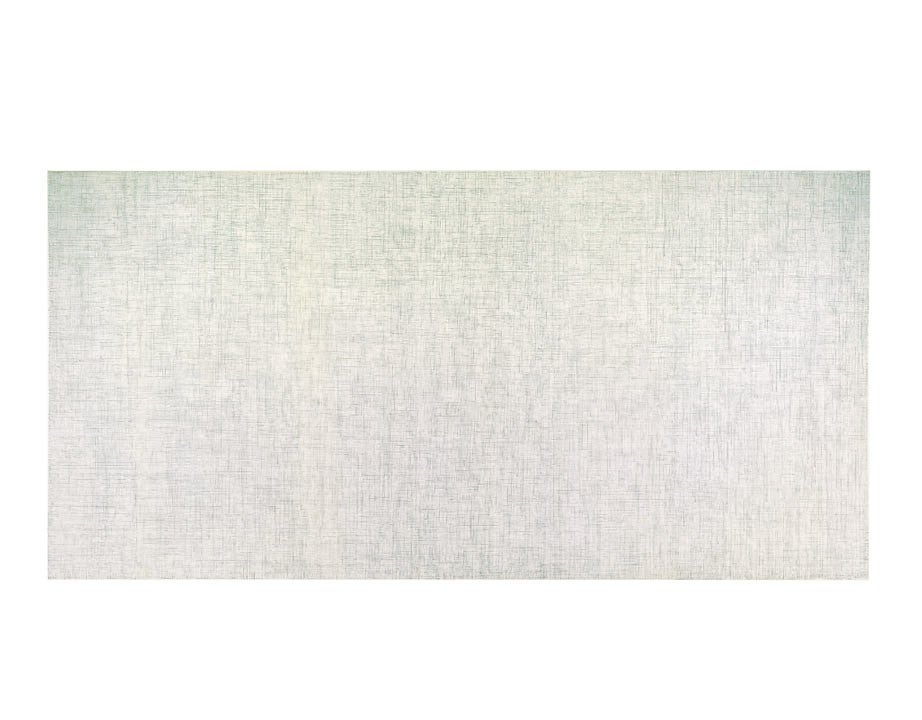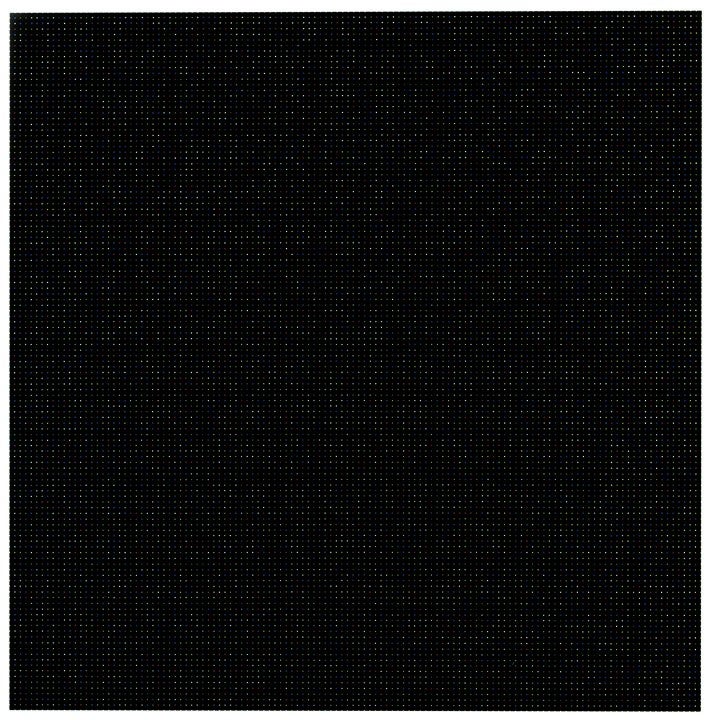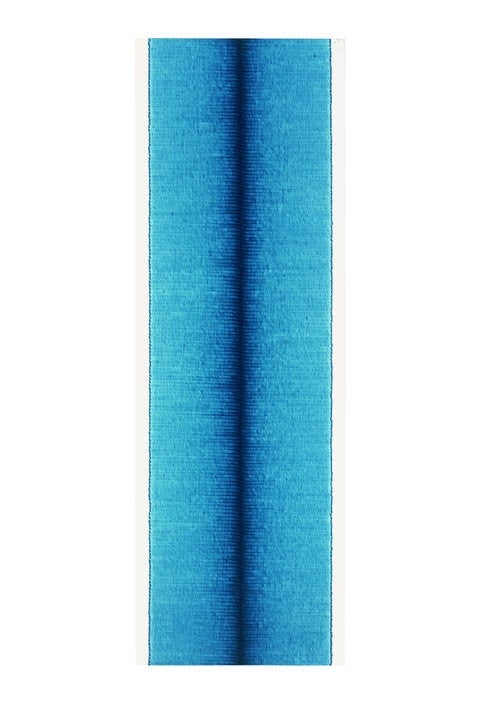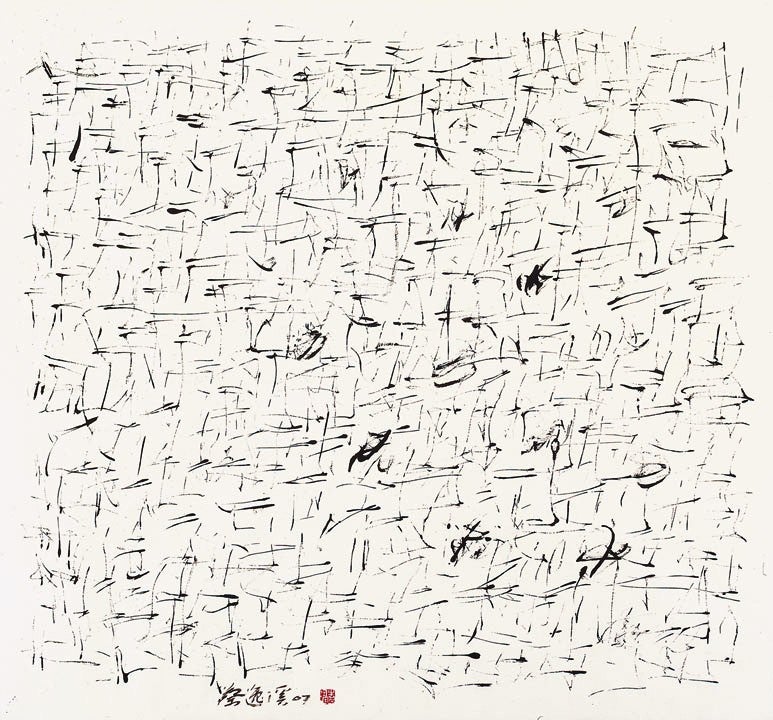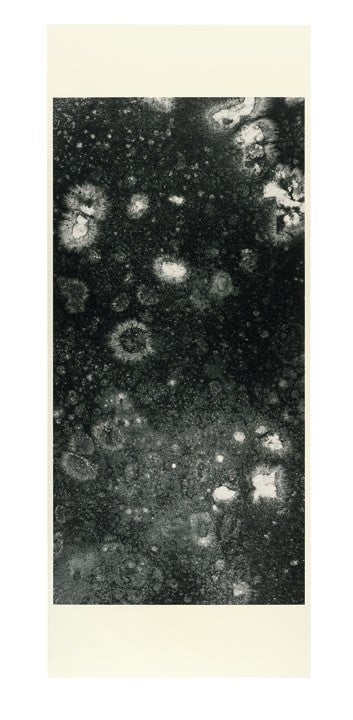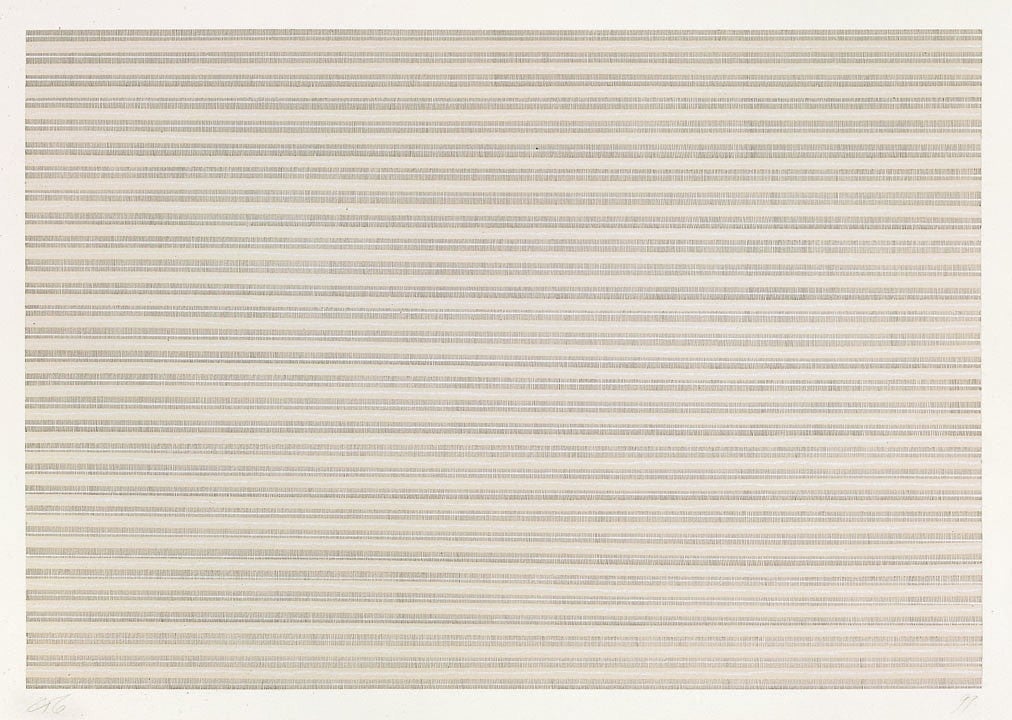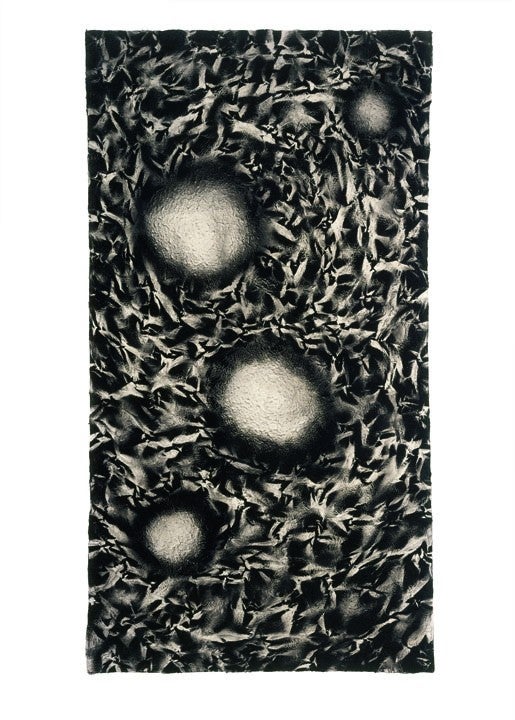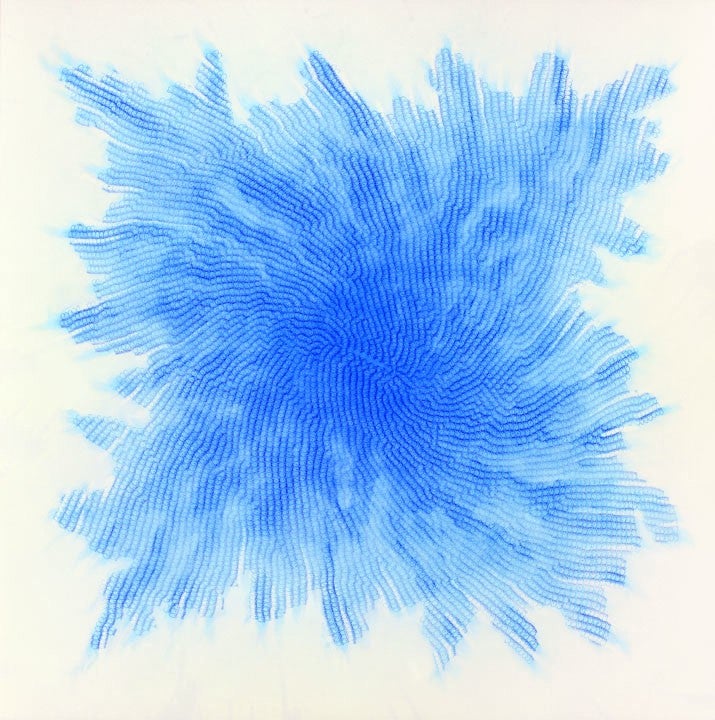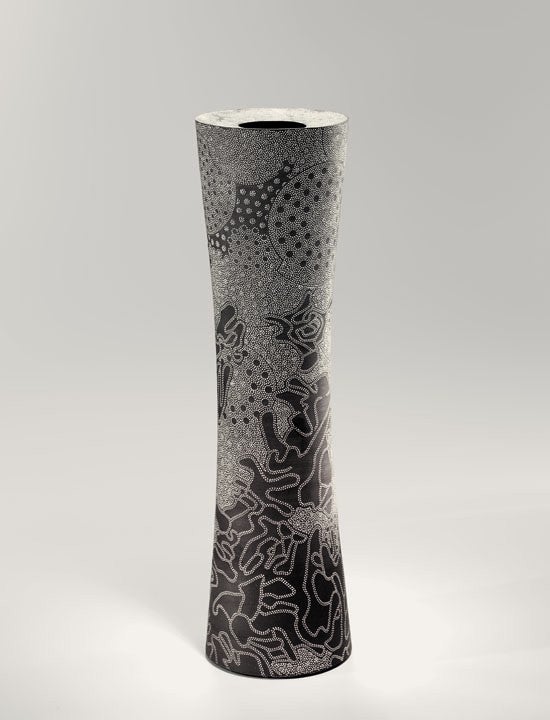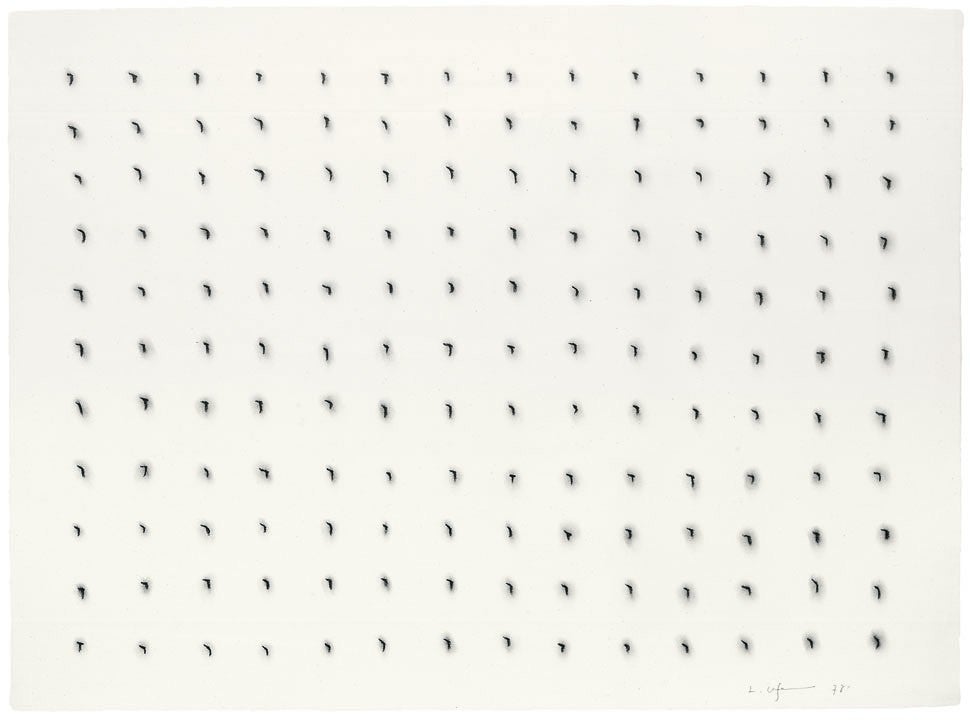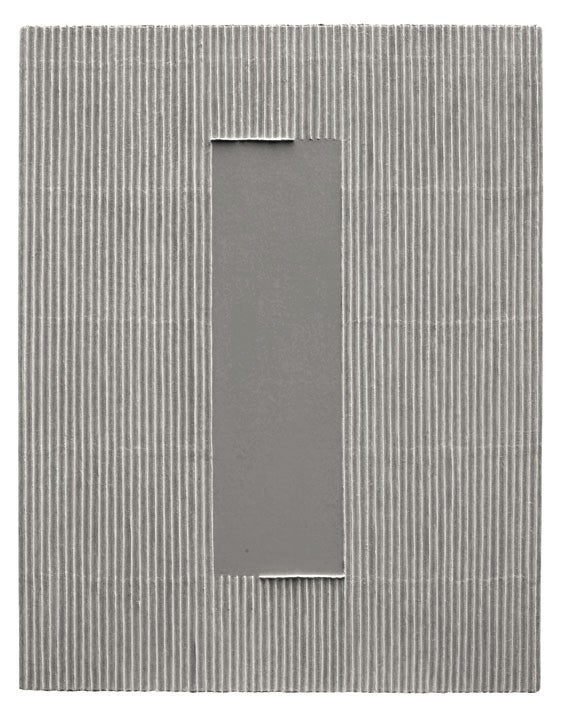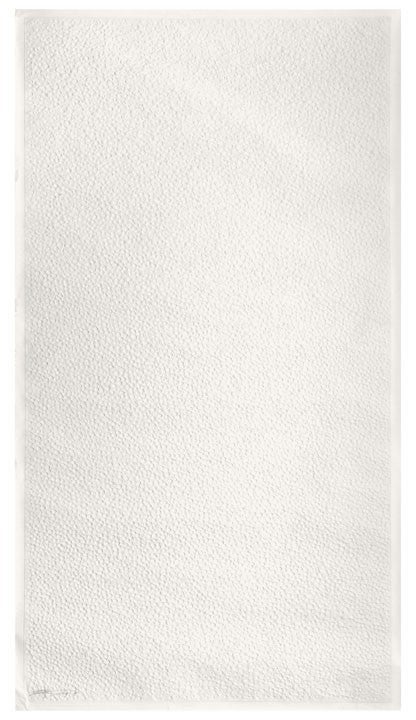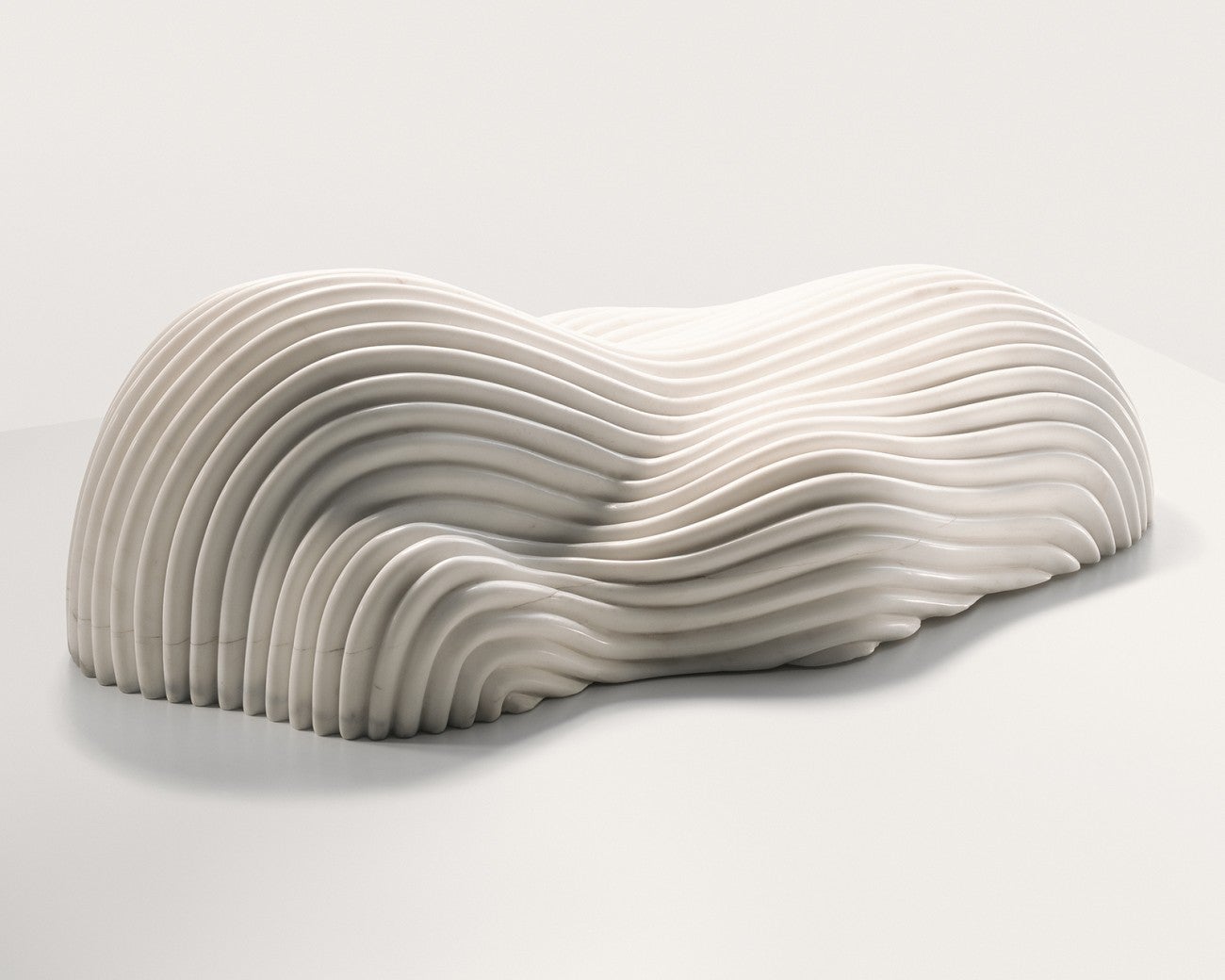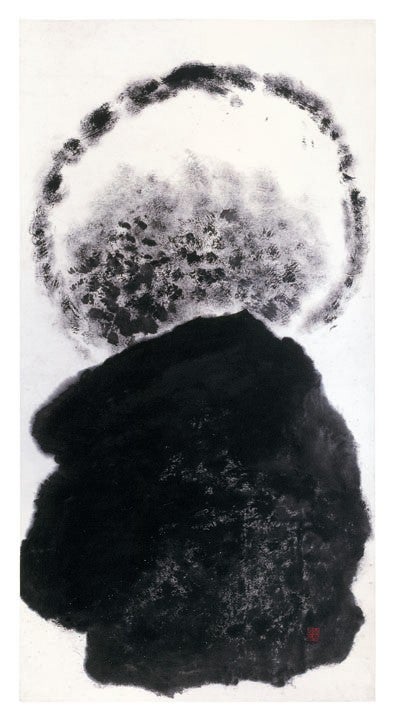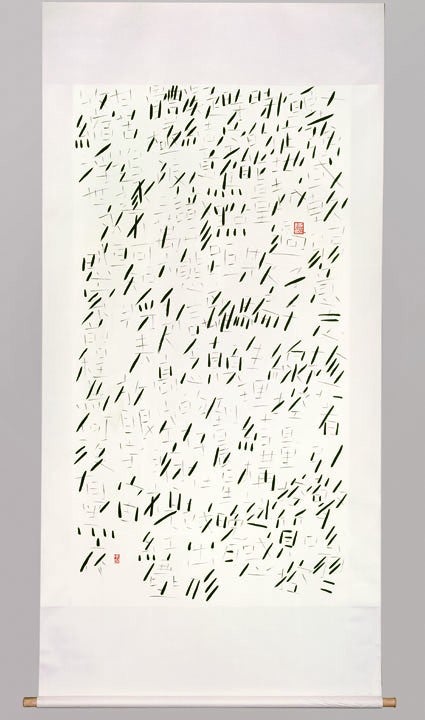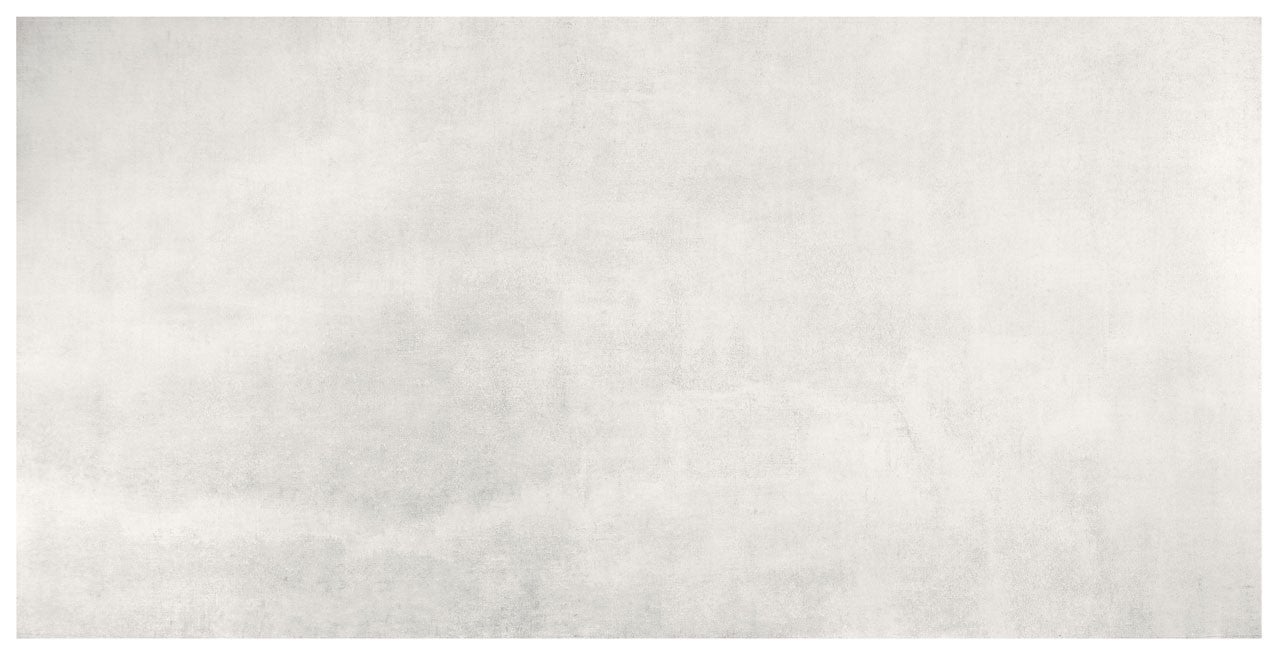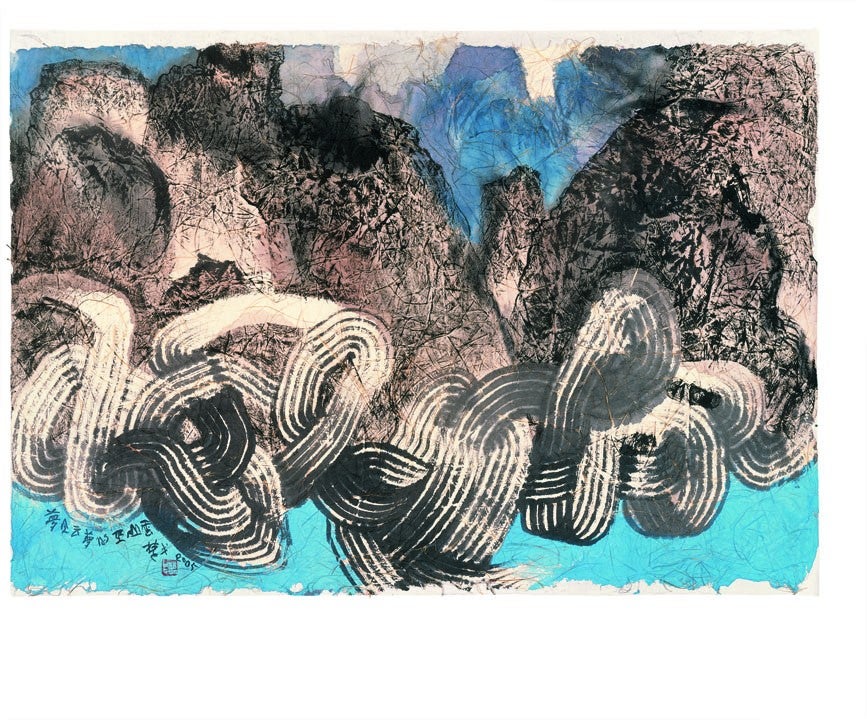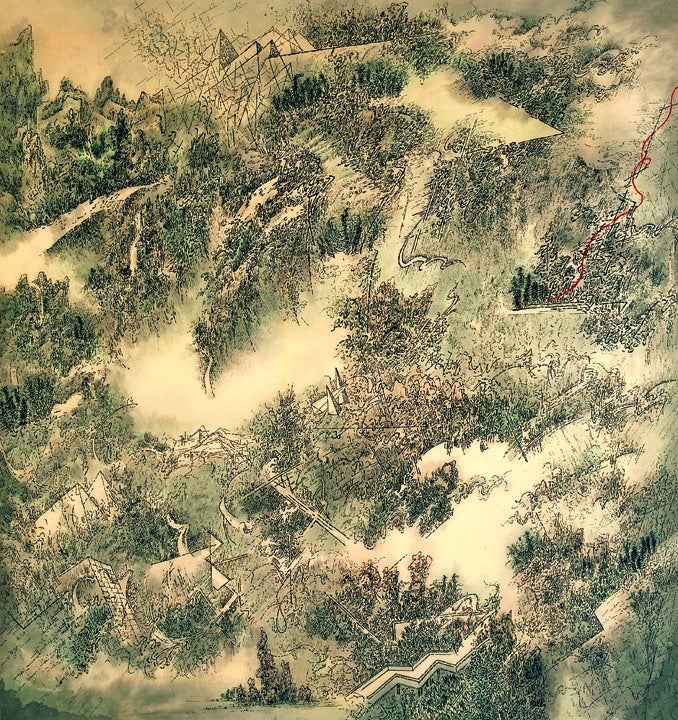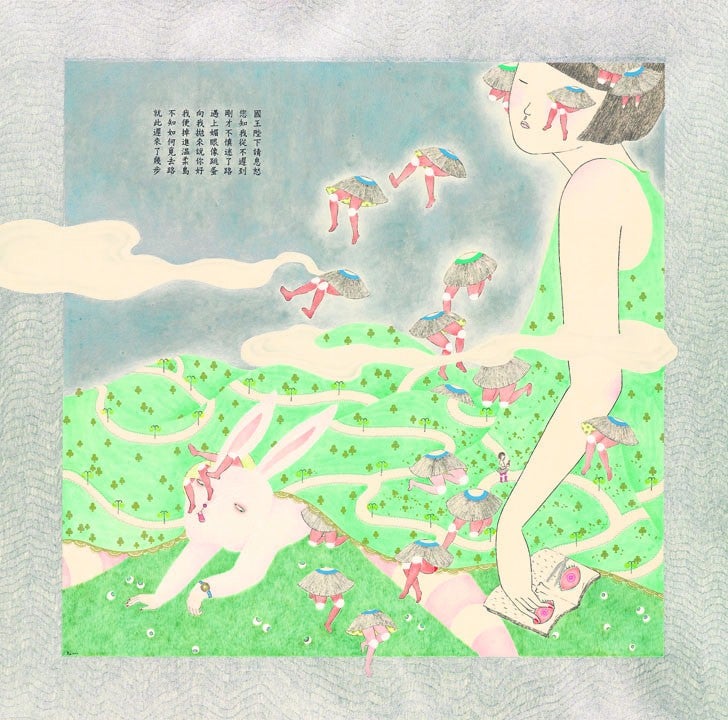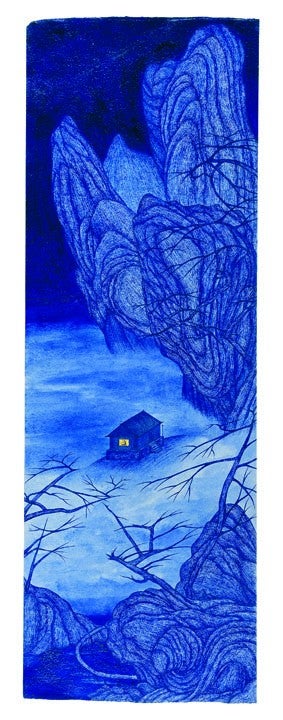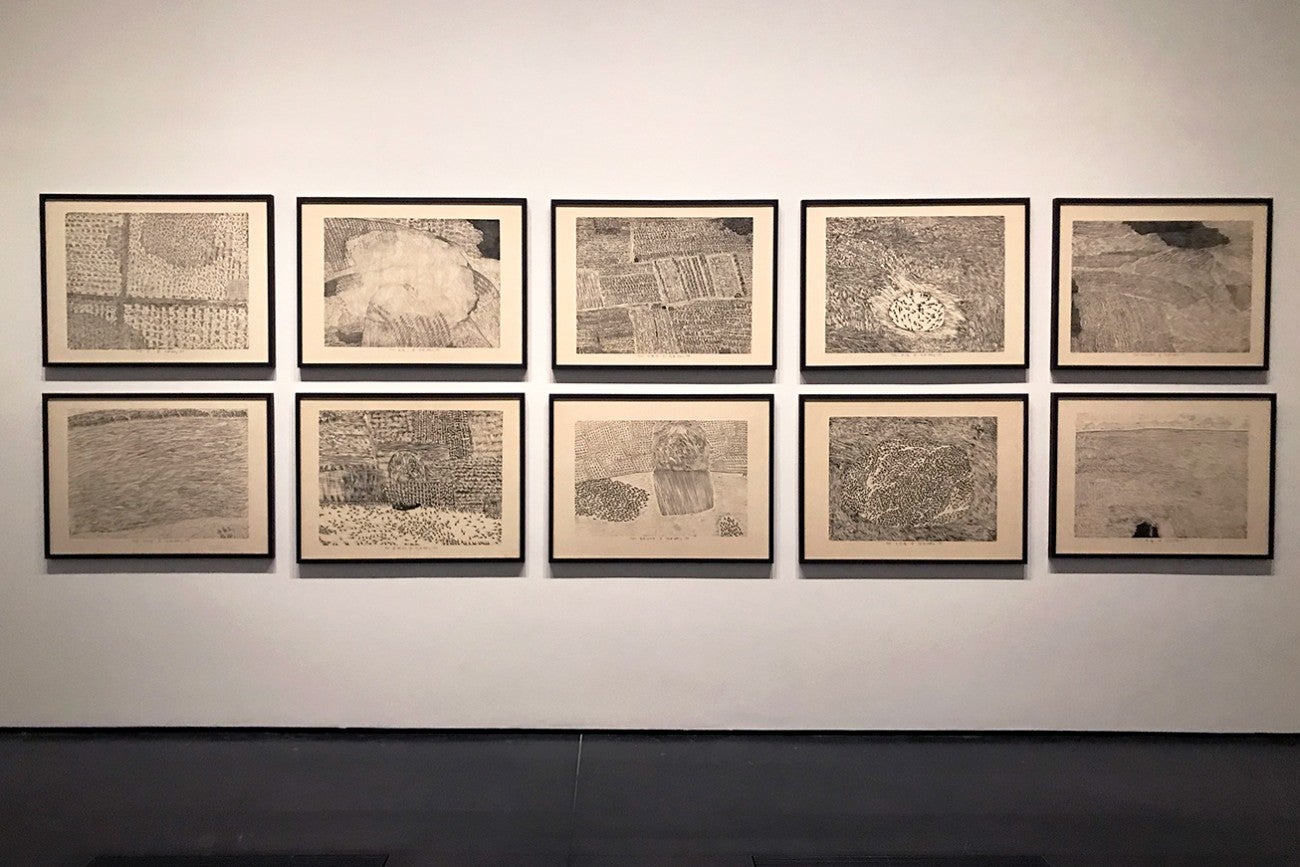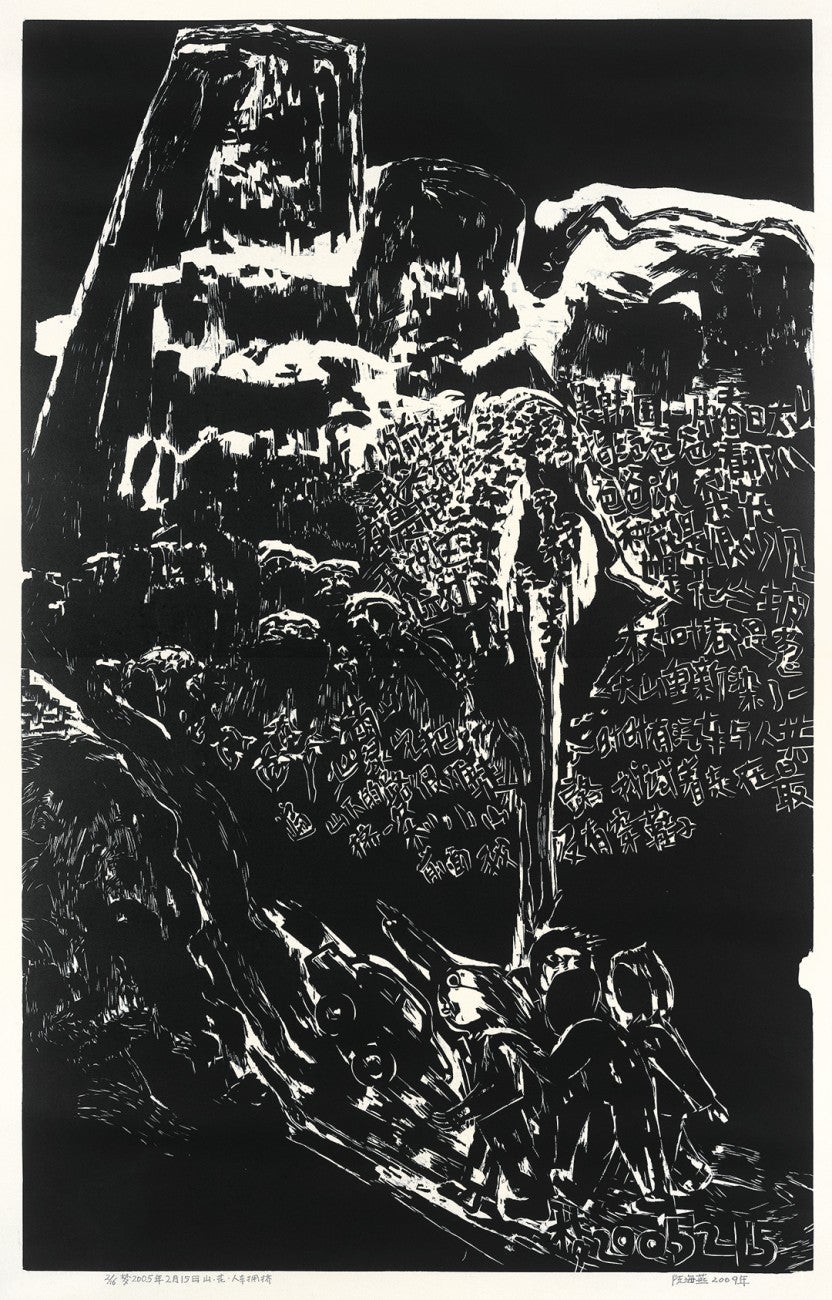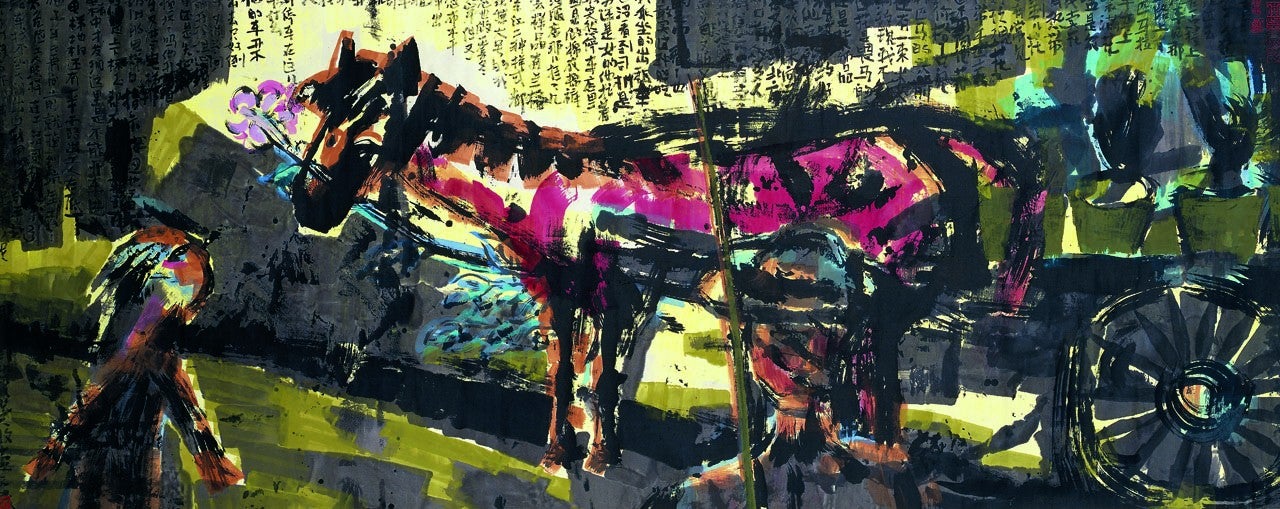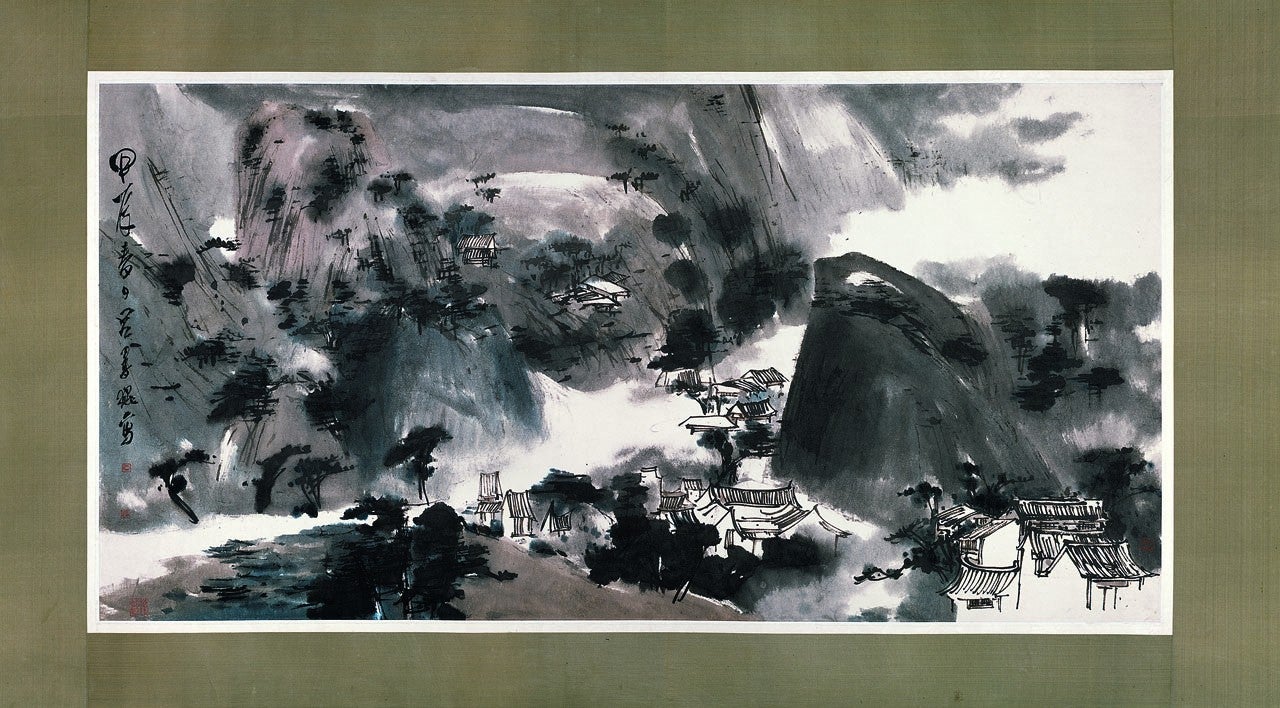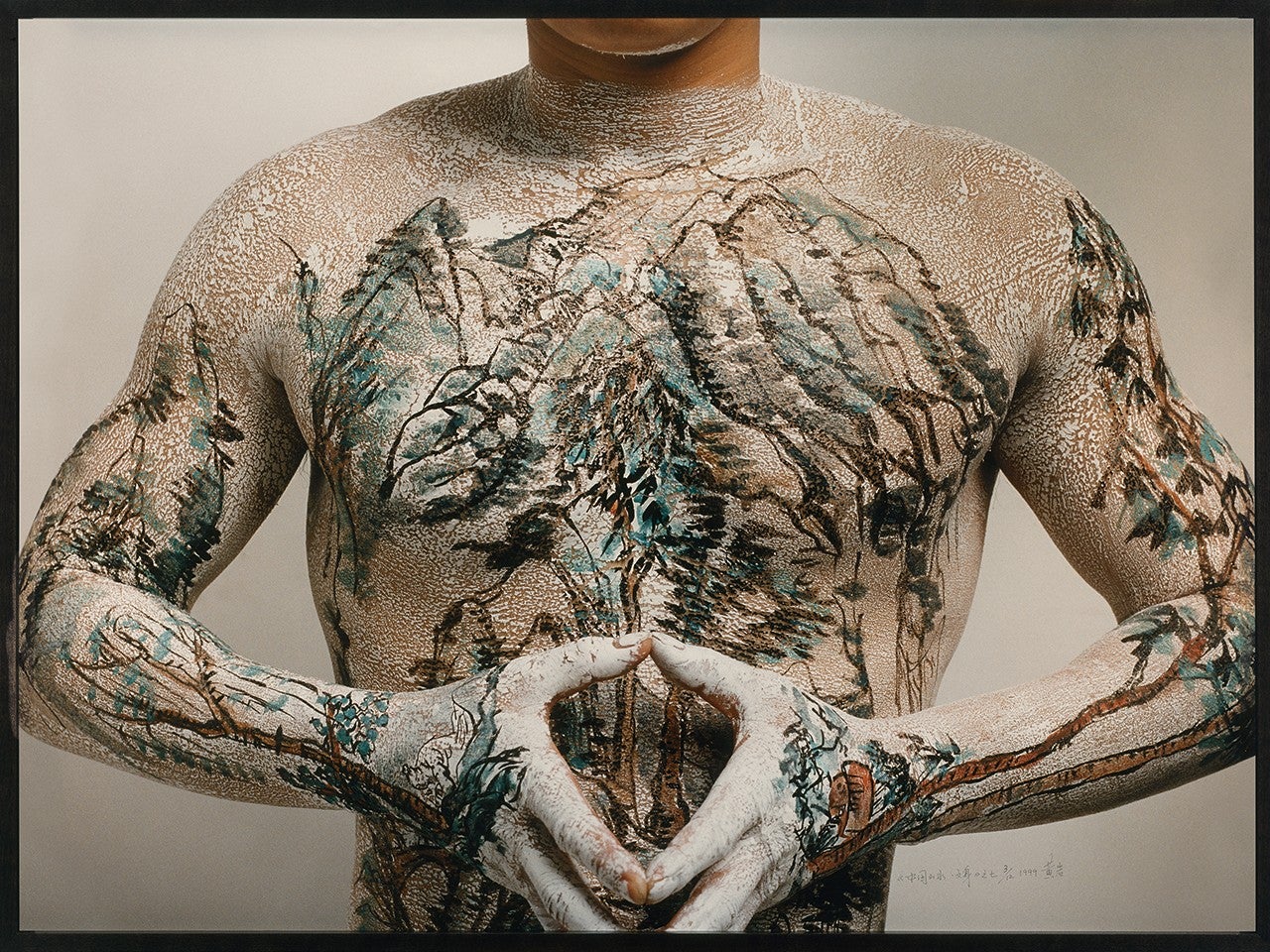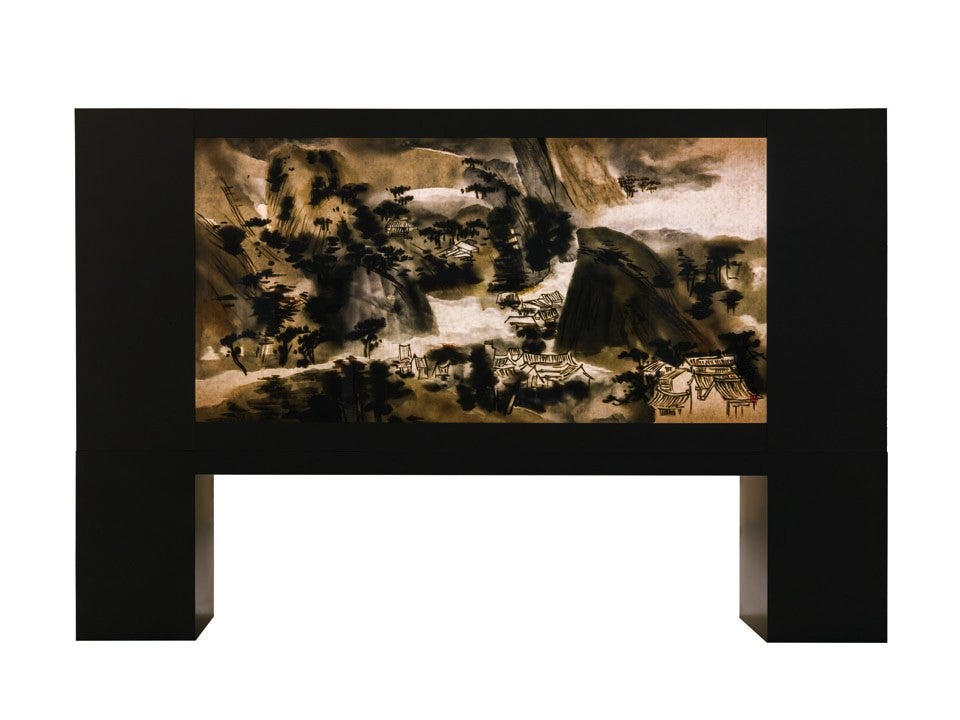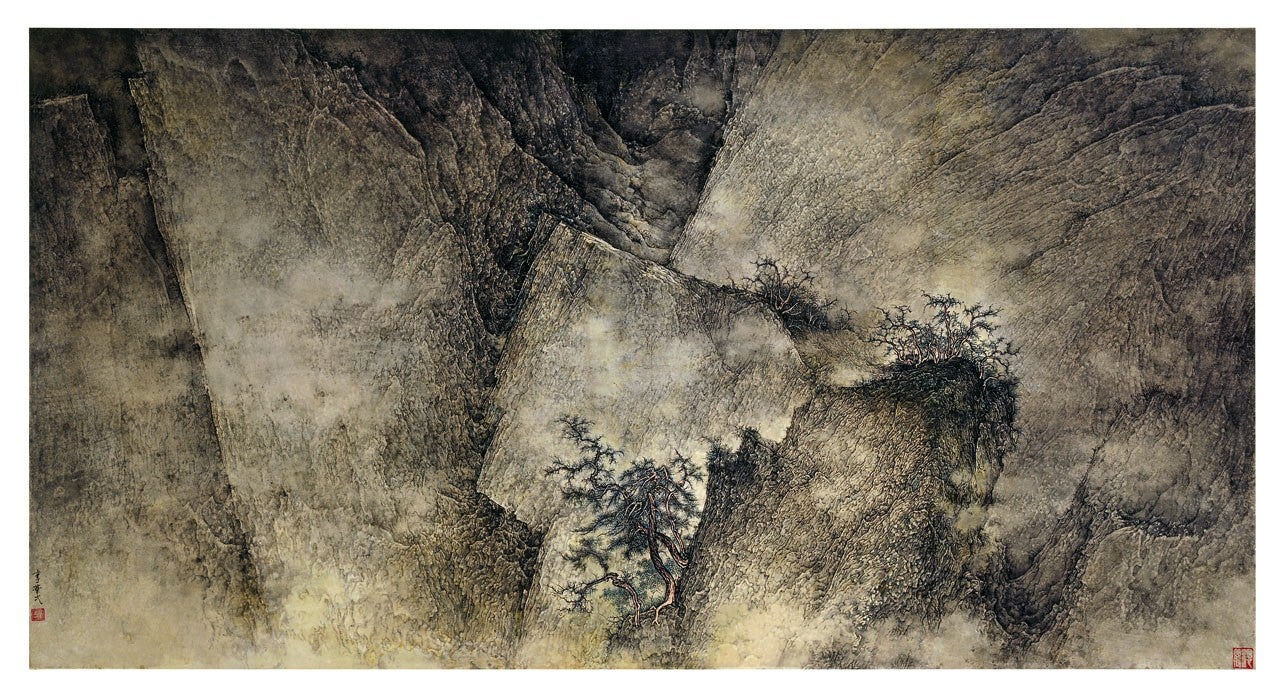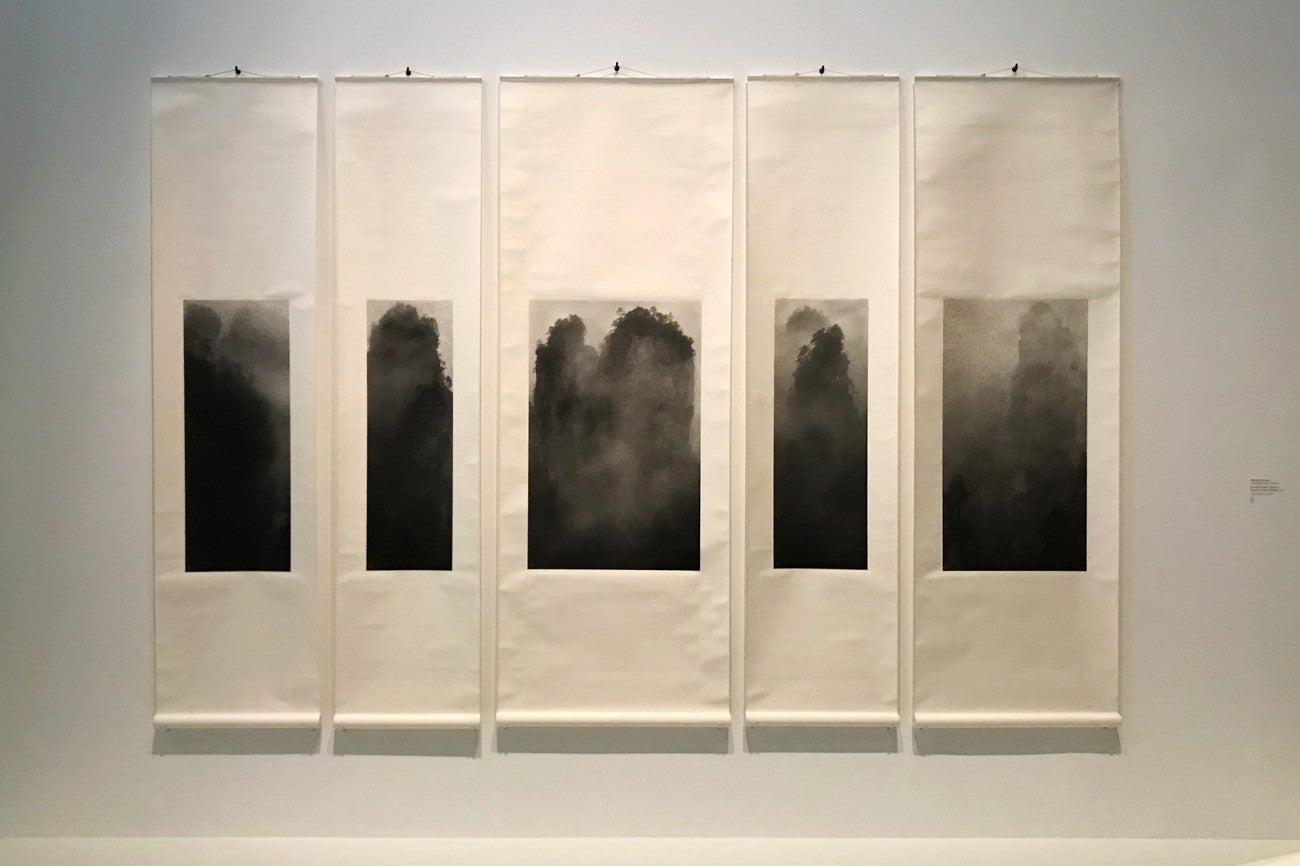Ink Dreams: Selections from the Foundation Ink Collection
Apparitions
Apparitions
Dissolved Geometry C, Dissolved Geometry B, 2012
surrealist landscape #3, 1982
Fingerprint: Right Ring Finger, 1992–94
Divine Light series n° 7: Floating Incomplete Circle, 1994
A Street View of Shanghai, 2007
Sun Set 5, 2004
Landscape, Ink, Ice, 2004
Moon Series, 1970
Jiuzhaigou Series #48: Sea of Floating Ice, 2004
Lightning Fields 119, 138, 143, 2009
Seeing Shadows No.35, 2007
Meditations
Meditations
Convergence, 2005–7
104, 2001
Painting, 2011
Radical Writings, c. 1984, 1991
Reflection-Breeze Passes by the Lotus Pond, 2007
Let Me Become the Universe’s Plaything, 2018
Untitled, 1999
Bataille aux cratères (Battle at the Craters), 2014
Torn, 2009
Vasija 08-C, Vasija 08-G, 2008
From Point, 1978
Ecriture No. 080222, 2008
Fingerprint 2007, 2007
Possessing Numerous Peaks nºS–1226, 2012
Monument, 1993
Accidentally Passing, Needle Script, 2015
Untitled, 1994
Dreamscapes
Dreamscapes
Untitled, 2013
The Dreaming Clouds of Wu Mountains, 2005
Vision 08, 2008
Late Rabbit, 2010
Wonderful: Secret Lover in Golden House, 2007
Five Series of Repetition, 1987
Dream 2005.2.15, Mountains, Flowers, Crowded People and Cars, 2009
Horse and Rose, 2005
Wood Houses in the Mountains, 1964
Chinese Shanshui Tattoo Series n°7, 1999
Background Story: Ink Variation (from Lui Shou-kwan), 2016
Landscape, 2009
Five Peaks: Eastern, Western, Southern, Central, Northern, 2009


